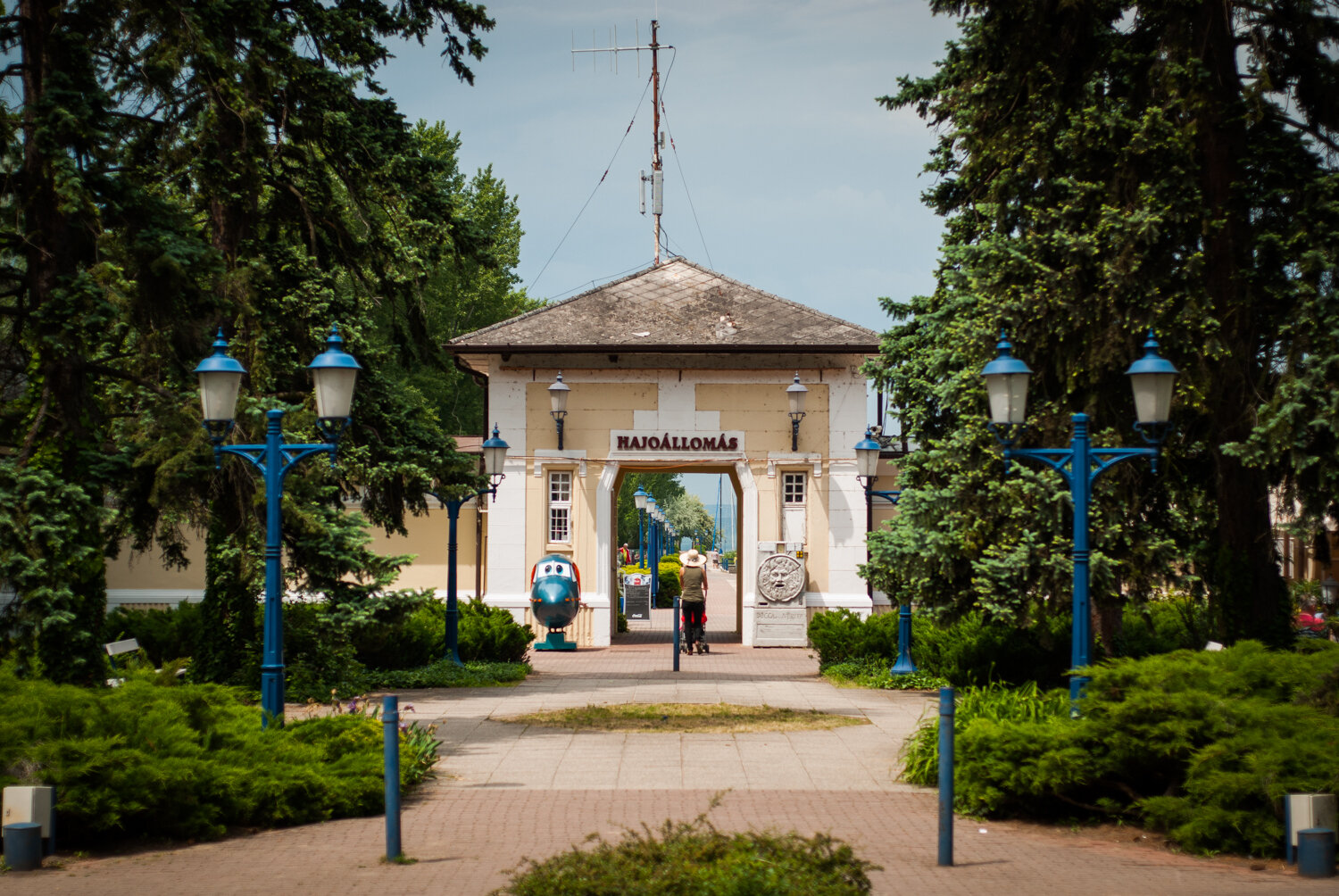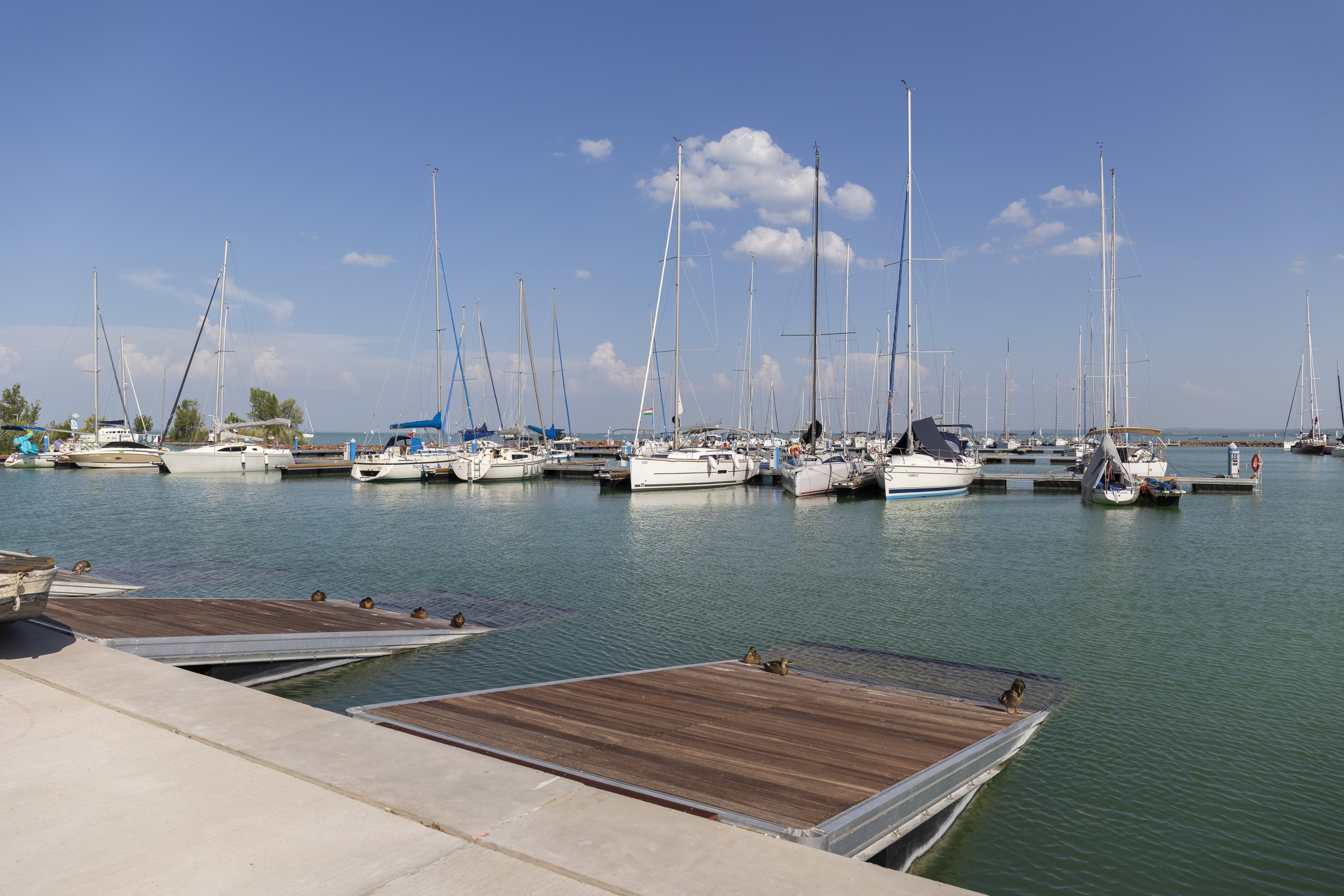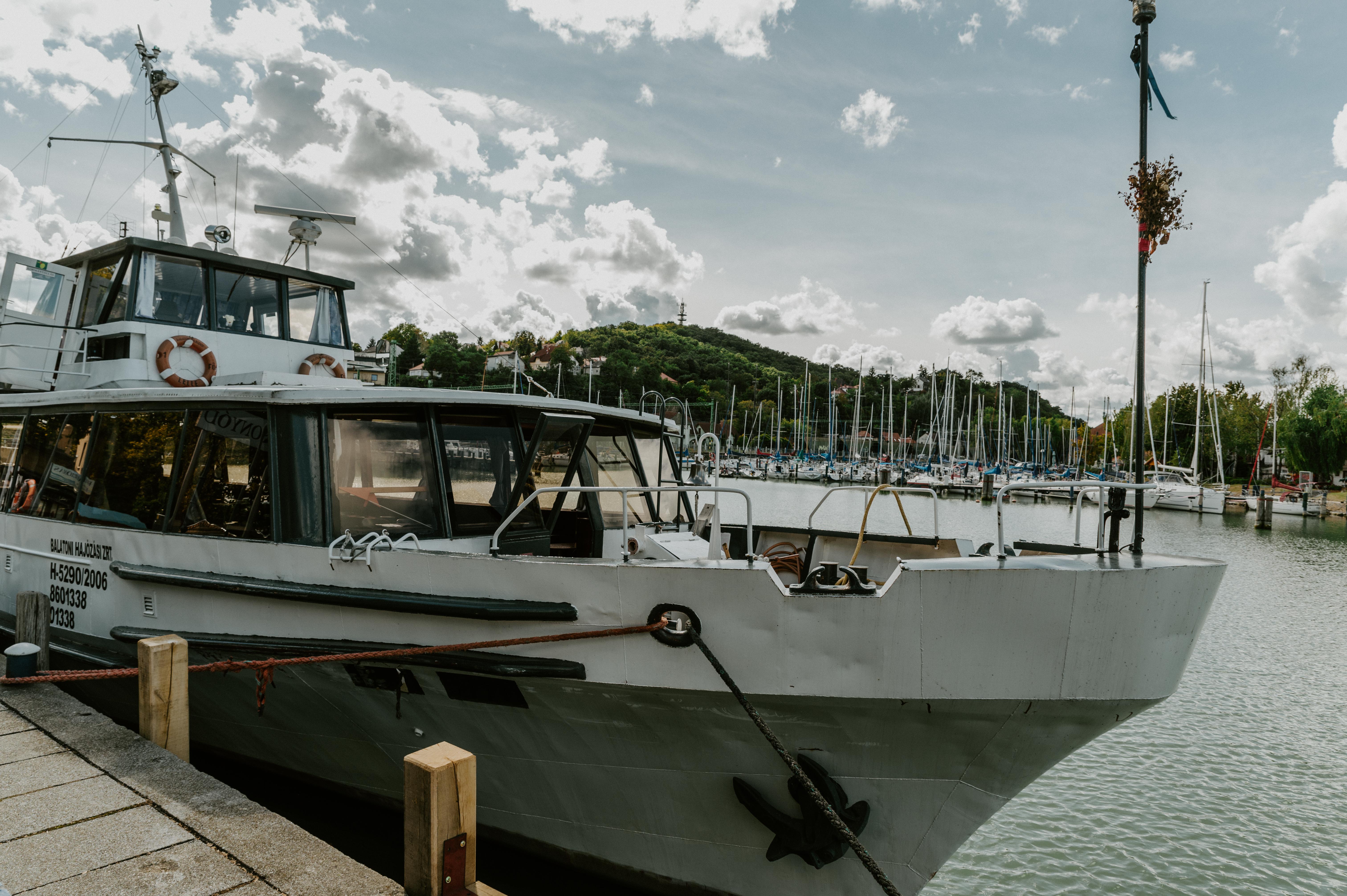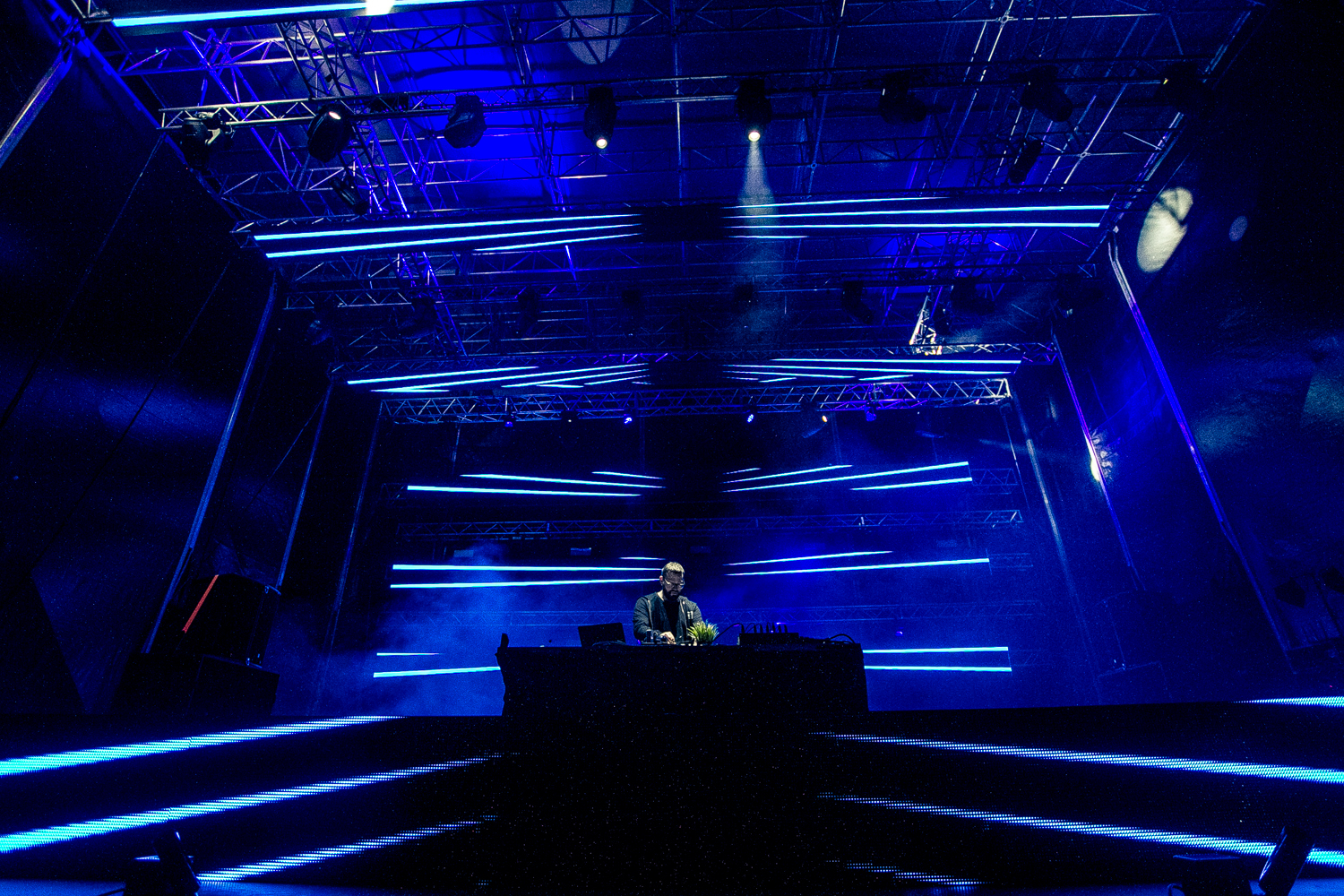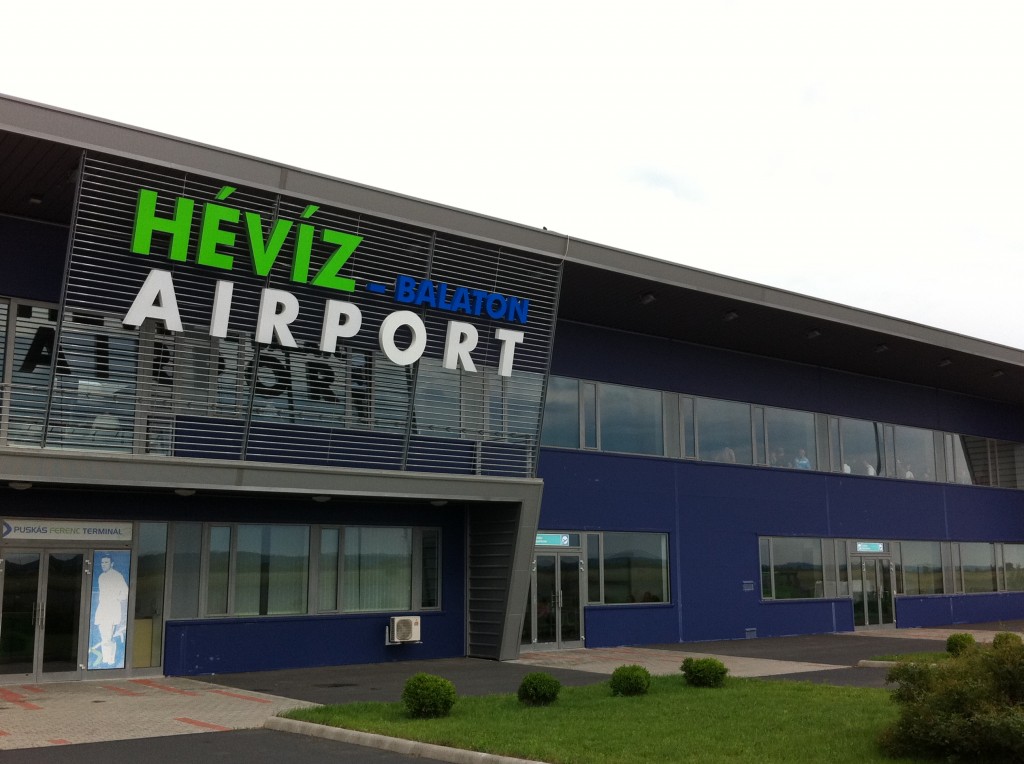In the fall of 2015 the new management of BAHART came up with a plan, which László Dónucz thinks has been one of the biggest achievements of the new team so far. Up until then, the company hadn’t had such a detailed, forward-looking concept. Covering the next five years, the strategy was created with the approval and cooperation of the 21 shareholding municipalities of BAHART Zrt., and features the following three pillars:
- increasing efficiency and profitability
- adopting a more client-centered approach
- improving resources

“It’s quite lucky that a government decree prioritizing the development of the Balaton region has just been approved. We hope that we’ll be able to successfully utilize the four billion-forint development aid we are set to receive as a result. We’re planning on spending two billion on improving our fleet, and the other two billion on upgrading our public marinas,” László Dónucz told us.
Passenger transport

According to László Dónucz, “public marinas function as important centers of tourism in the towns and villages of Balaton, and enhance their overall atmosphere and image, but until now we were not in a position to dedicate a substantial amount from our own funds to the improvement of these facilities.” It’s worth noting, however, that the profile of BAHART Zrt. doesn’t only include shipping, but also a number of other services; improving these will be a top priority in the next few years. It’s not yet clear which marinas will be part of the facelift and what the actual steps are going to entail, but one very significant development is expected to be unveiled as early as this year: the free SmartWifi service will be available at every marina and on all passenger ships and ferries operated by BAHART. Using the service will be absolutely free of charge; the only drawback is that a pop-up advertisement will appear every ten minutes. Those renting berths at any of the BAHART marinas will have a Wi-Fi network of their own, which will be ad free, and will be covered by the rental fee of the berth.
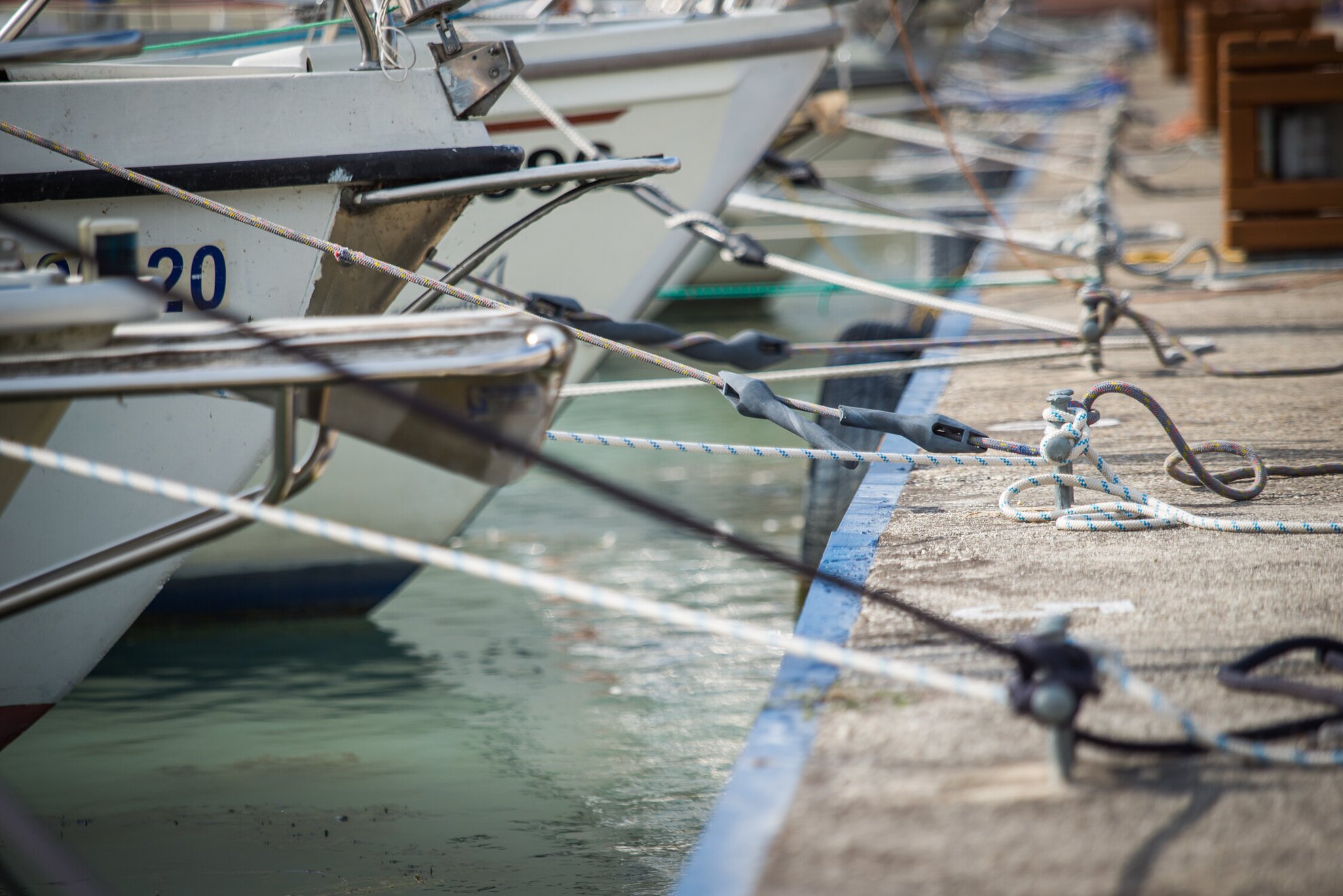
The inauguration of the freshly revamped Siófok catamaran already demonstrates what the aim is with the updating of the fleet: to modernize the old, out-of-date vessels and their services. “While some of BAHART’s ships are definitely outdated, it’s important to point out that the shortcomings are not of an operational nature. The ships are completely safe,” adds Dónucz. During the refurbishment, the boats will be converted to become fully accessible, and to be suitable for playing host to various events. The demand is there: Siófok catamaran, for example, can be rented for press conferences of team-building sessions. The aim is to make such renovated ships available at a number of locations around Balaton; what is more, BAHART wants to spend part of the two billion-forint subsidy on three brand new ships.

Part of the grand scheme is to improve the support system as well: “With our current programs, the detailed analysis of a period can take up to several weeks. Since the season at Balaton is short anyway, we need to switch into higher gear. That’s why we’ll upgrade our IT system, but we have changes planned in other areas as well. We’ll perform needs assessment among our clients, and train our employees to adopt a more client-centered approach,” says Dónucz.
The second ferry
The idea of launching a second ferry on Lake Balaton is not new. Adding a Fonyód-Badacsony route to the existing Szántód-Tihany service has been talked about for a while; the new route would not only be used to transport people, but also vehicles. Motorists could use the M7 to reach Fonyód, cross over to the other side, and get to the western corner of the north shore much more quickly. While Dónucz thinks this demand is justified, he can’t confirm any details yet. “The question of the second ferry is on the table again; we’re working on it, and we’re analyzing the possibilities. We’ve taken another look at the impact study from a few years ago, and we’re involving every stakeholder in the discussion.” The reason they’re so cautious is because they don’t simply want to set up the ferry, but also to operate it in a sustainable way.

Schedule and fees
According to an article published on balatontipp.hu in March, BAHART will operate fewer routes for an increased fee compared to last year, but the company has issued a statement refuting the claim that the reform is one-sided and radical. After the 2015 season, the schedule and fees of passenger transport have indeed been altered, so we’ve asked László Dónucz to comment on these developments. “At the end of last summer, we performed a comprehensive evaluation to check the utilization rate of all the routes and scheduled services; we’ve also conducted a client satisfaction survey, there were test purchases, and we’ve talked to the stakeholder municipalities. All in all, we’ve analyzed lots of data, and we can tell that we need large-scale optimization because several of our services operate inefficiently in certain periods.”

Increasing efficiency and profitability is one of the pillars of the strategic plan, and this is the area where such improvements are needed the most. “Since we haven’t received funds from the government to spend on passenger transport between the towns and villages of Lake Balaton, we need to run it in a self-sufficient way.” The shareholders and the municipalities involved have all checked the new proposal for changes in schedule and transportation rates. “If there’s a scheduled service, we need to operate it even if there’s only one passenger on board. After analyzing last year’s data, we’ve found out that the service between Balatonszemes and Balatonakali, for example, was used by a total of 171 passengers during the whole season, which is not efficient at all, seeing as the a ship serving this route can transport this many people on a single journey.” This was the only service that was canceled, but Akali will remain accessible as part of a chain route.
Dónucz has underscored that certain schedule modifications were welcomed by Balaton towns and villages. To meet the demands of clients, the shipping company will harmonize its schedule with events around the region, and from this year on evening services will be introduced on busier routes. “The aim is to allow passengers who go on an excursion to the north shore in the morning to spend the whole day there, and not return until the evening.” This goes for frequented routes: for example, in high season scheduled boats and speedboats will run between Füred and Siófok after 9pm.

Based on these plans, we were curious to find out whether nighttime services will be introduced in the future, but it looks like that’s something we’re going to have to do without. “Launching such a service would be risky mainly from a safety perspective because the boats would have to run at night, in the dark, sometimes in bad weather conditions, which is totally different from the scenario where a bus is driving on a properly illuminated public road. Also, I don’t think there’s a huge demand for an option like this, so operating such a service wouldn’t be profitable.” Water taxis are currently available at the busiest marinas, and those run whenever needed.

The schedule of the company is accessible in a different way compared to last year: you can select the season you want on the left, and routes served in that period will appear on a map. If you scroll down, you’ll see a table showing the exact departure and arrival times. A schedule browser will soon be available to help visitors find information about specific services.
“We strove to create a more proportionate and fairer system for our fees,” Dónucz said about their main principle. Instead of the earlier three kilometer zones, the new system will include four fee zones, which will be kilometer-based and proportionate to the length of the journey. “Up until now, anyone traveling on the Siófok-Balatonfüred-Tihany route had to pay the same amount regardless of whether they got off in Füred or Tihany. In the case of a return ticket, the difference in terms of time could be as much as 50 minutes; it’s disparities like these that we wanted to eliminate.”

The fees haven’t gone down on any of the routes. We’ve received the official list:
- 15 routes are not affected by the price increase
- 20 routes will see a 100-forint increase
- 13 routes will see a 200-forint increase
This last change will mainly manifest itself in the adult ticket prices of long-distance zone IV (25-70 km). If you want to learn more about the different zones, check the website of the shipping company. “In the past three years we haven’t raised our fees at all. Also, this year’s increase will result in new and better services,” adds Dónucz.
Sailing
The new marina in Alsóörs will open on May 1 with 51 berths; another 100 berth are scheduled to be built by next summer. The number of sailboats at Balaton has doubled over the past decade, and BAHART thinks this trend will continue, so the expansion of existing marinas is also on the agenda. “Not only do we want to attract new clients, we also want to retain the ones we already have. The diversification of our services (for example, the new Wi-Fi feature) serves this purpose. We also want to create community spaces at the marinas, like outdoor cooking areas and playgrounds for the children.” Smaller tour boats are the most important consumer group, as the berths and the services are mainly used by them, but the number of 30-feet yachts has also increased recently.

